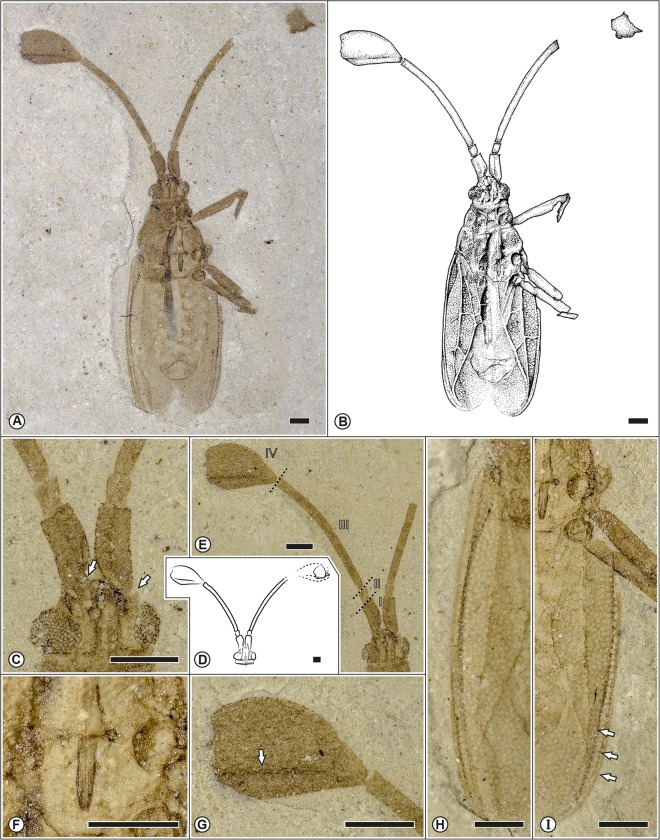Fig 2. Different aspects on the morphology of Gyaclavator kohlsi gen. et sp. nov.
A. Holotype. USNM 578190; photomicrograph of male in ventral view. B. Drawing of the holotype as preserved. C. Enlargement of ventral aspect of the head, arrows indicating the position of the bucculae (central) and the antennal process (right). D. Drawings of antennae from male specimens. E. Detail of the antennae. F. Labium. G. Enlargment of the petaliform last antennal segment, arrow indicate the position of the longitudinal ridge. H–I. Detail of the delicate and intricate network of divided areas in the hind wings, unlabelled arrows indicate the position of the stenocostal area. Scale bars represent 0.5 mm.

